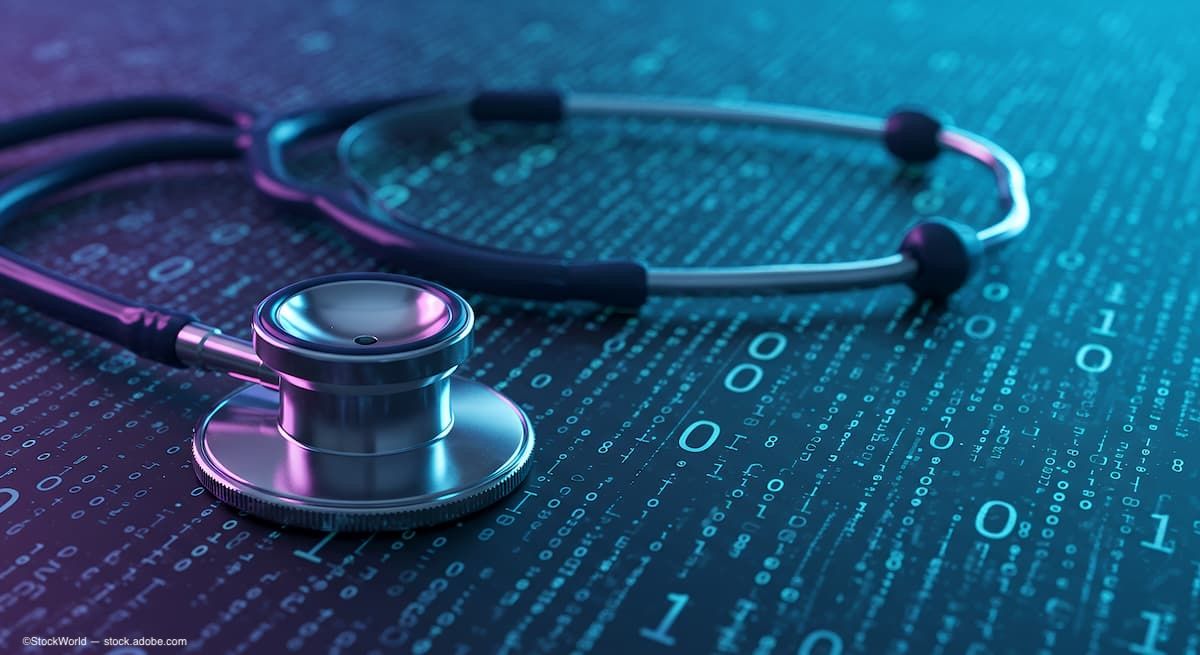Article
Aggressive intervention questioned in ocular hypertension
Fort Lauderdale, FL—Treating patients with ocular hypertension before the onset of glaucoma may have some implications not previously considered, among them ill effects from the treatment, lack of cost effectiveness, and quality-of-life issues. Alan L. Robin, MD, discussed these considerations at the annual meeting of the Association for Research in Vision and Ophthalmology.

He pointed out that the Ocular Hypertension Treatment Study (OHTS) found that medical therapy significantly reduced the risk of developing glaucoma in patients with ocular hypertension compared with patients who were observed only. This result has been interpreted by some as a reason for aggressive intervention in the early course of the disease.
"I would like to question this assumption of aggressive intervention before the development of field or disc changes because this would apply to many individuals," Dr. Robin stated. "Based on the 2000 U.S. Census and the results of the Baltimore Eye Study, about 3.5% of the population has elevated IOP but does not have glaucoma."
The first assumption was that some of the early antiglaucoma medications carry no adverse effects. However, systemic and topical medications administered during the course of the OHTS to achieve a 20% drop in IOP involved a number of different therapies that caused drowsiness, cataract development, extra costs, eye lash elongation and thickening, and hyperemia. These adverse effects might affect the patients' quality of life and affect treatment compliance, according to Dr. Robin.
A second assumption is that glaucoma is similar to cancer in that if you treat early you can prevent serious side effects and a malignant course. A logical assumption therefore would be that treatment should start before the onset of glaucoma because once it starts, the development will be more rapid, there will be numerous issues related to quality of life, and the patient will be on the brink of blindness.
"The belief is that the effects of not starting treatment early are that glaucoma will be much more expensive to treat later, much more dangerous, and much more rapidly progressive," Dr. Robin said. In fact, a finite number of nerve fibers are damaged before visual field loss occurs. Not all patients who are at high risk of developing glaucoma do so. All of the major glaucoma studies indicate that the disease progresses very slowly.
Another assumption is that treatment with timolol, the relatively inexpensive current gold standard, can be started without any concerns. The cost of treating a patient in the United States with timolol for 1 year is about $504, which amounts to $900 million for all patients with ocular hypertension. This money, according to Dr. Robin, might be better spent by providing health insurance for the uninsured.
Regarding health-related quality of life, glaucoma does affect patients and there may be a linear relationship between quality-of-life issues-such as the ability to drive-and visual field function that may support the case for early intervention, Dr. Robin suggested.
Newsletter
Don’t miss out—get Ophthalmology Times updates on the latest clinical advancements and expert interviews, straight to your inbox.




